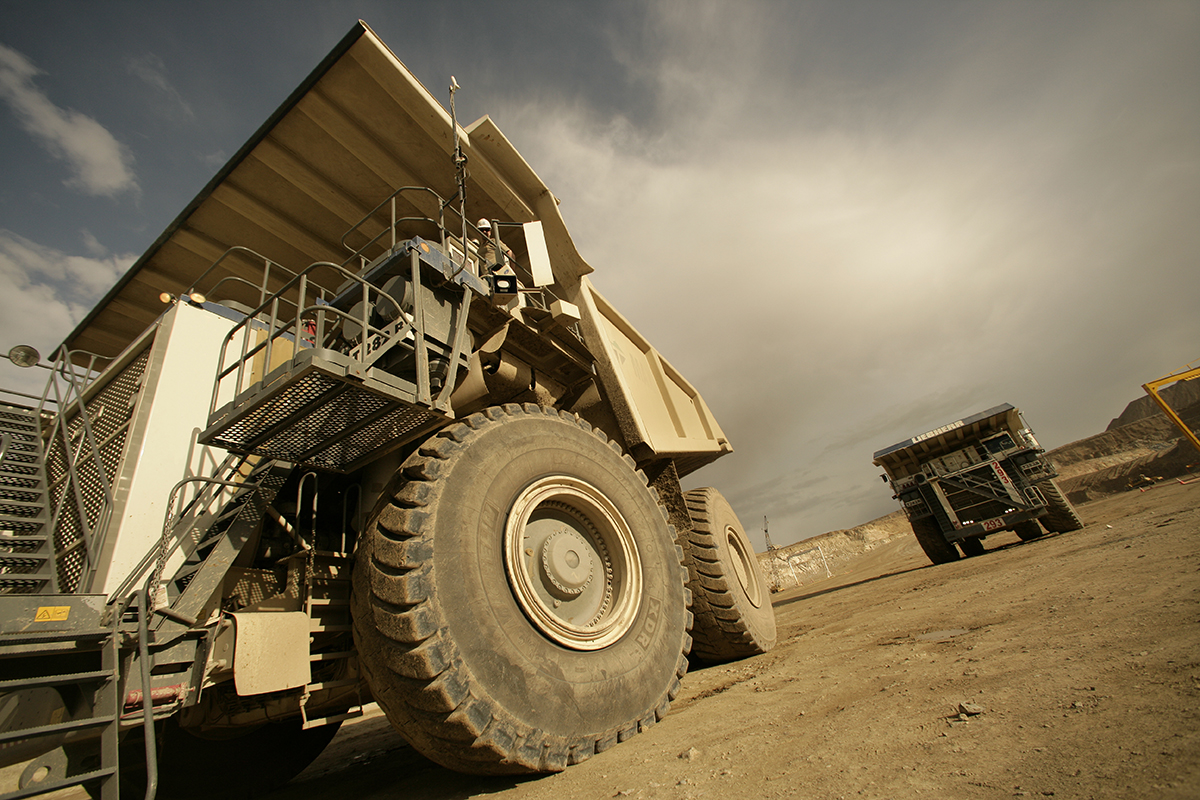According to the U.S. Geological Survey’s (USGS) 2023 Minerals Commodity Summaries report, the U.S. reached a record high for U.S. mineral imports, marking an all-time low for supply chain stability. According to the report, the United States was more than 50 percent reliant on 51 minerals, up from 47 the year prior. The U.S. is also 100 percent net import reliant for 15 of those 51 minerals, 12 of which are deemed “critical” according to the USGS’ 2022 Final List of Critical Minerals.
The report’s findings come amidst continued talk and posturing from the Biden administration and policymakers about securing more domestic minerals to build advanced energy infrastructure. The International Energy Agency (IEA) published its World Energy Outlook which estimated almost 90 percent of electricity must be generated by renewable technologies by 2050 if we hope to reach net-zero emissions. Copper, a mineral essential to electric vehicles (EVs), energy transmission and storage, is curiously absent from the USGS’s list of “critical minerals.” John Anton of S&P Market Intelligence says copper production needs to double by 2035 if we hope to meet our climate ambitions, but no new domestic copper mines have been approved. This is just one example of our country’s extensive mineral vulnerability.
Benchmark Mineral Intelligence estimates more than 300 new mines need to be built just to meet EV demand alone. That doesn’t include the millions of tons of other minerals we need to build wind and solar panels. Across the board, current production for almost all minerals won’t meet the expected demand. Yet, policymakers have yet to advance any updates to improve America’s duplicative, drawn-out permitting process.
Meanwhile, China is – and has been – the leading supplier for most of the minerals our economy depends on, including 30 of the 50 critical minerals. China supplies over 50 percent of our net import reliance on 26 mineral commodities, higher than any other country in the world. America’s dependence on China is not only risky, but it’s also unnecessary. The U.S. is home to $6.2 trillion in minerals and adheres to some of the highest environmental and safety standards in the world, yet we continue to kowtow to China’s monopolized mineral market. The best way to escape foreign markets is to invest in our own.
As it stands now, mineral commodities alone contribute over $25 billion to the U.S. GDP. If policymakers passed permitting reform and the Biden Administration approved new mines, that figure would skyrocket. Domestic mines would not only ensure that the money invested in these minerals is recirculated into our economy, but it would also generate economic prosperity by establishing a larger fleet of American mining jobs.
This overreliance on imports is risky and unnecessary and does not bode well for America’s ongoing transition to advanced energy. The Biden administration announced extensive plans to electrify America but has not yet established a new array of mines to produce the minerals needed to make this happen. As of now, America’s energy transition is strictly dependent on our trade partners to uphold their end of the bargain, especially as the administration continues to block access to mineral-rich lands such as those in Minnesota that Twin Metals says contain large quantities of nickel, cobalt, copper and platinum metals.
This puts the U.S. in a tricky situation geopolitically as the country continues to rely on imported minerals. Much of America’s defense technologies are built with the minerals we import from China, a country that has a history of ceasing trade when political disagreements arise. Continuing to import this staggering number of minerals from China and other foreign competitors puts our country’s national security at risk.
Importing minerals from our geopolitical adversaries has been labeled “nonsensical,” “serious” and “ominous” by some. It’s time we enact permitting reform, put shovels in the ground, and scale up America’s mineral production, to protect our economy, our infrastructure and our citizens.
To read the full MCS report, click here.
This article was published by: Kate Kamber
Visit the original article here



